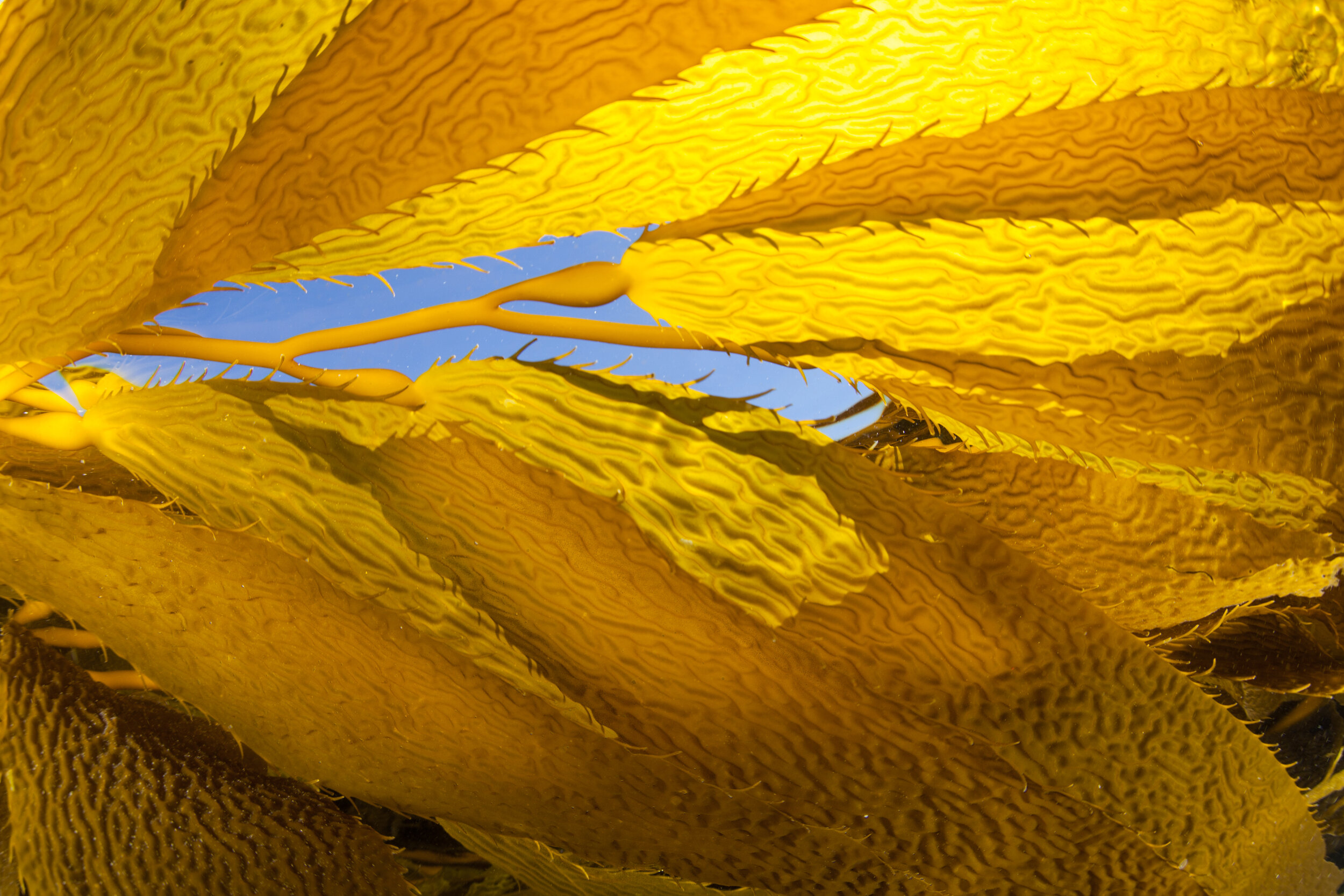
Our Seaweed & Process
Seaweed extract is known to be an effective component used in increasing the uptake of plant nutrients, and providing tolerance to stress, high temperatures, and frost. The FERTUM® formula contains a unique blend of four seaweeds in high concentrations, which have shown to improve fruit ripening, quality, and shelf-life.

Our Seaweed Species
Macrocystis pyrifera (kelp)
Also known as giant kelp, Macrocystis pyrifera may be the fastest growing organism in the world with growth rates reaching a phenomenal 20 inches a day in ideal conditions.
Ulva lactuca (sea lettuce)
Ulva lactuca is species of marine and brackish green seaweed that is found worldwide. The fronds within the water resemble lettuce leaves, hence the nickname “sea lettuce.”
Durvillaea antarctica
A large, robust bull kelp species and a dominant seaweed in southern Chile, Durvillaea antarctica is easily identifiable by its round stipes and narrow palm-like blades.
Porphyra columbina
Porphyra columbina is a red seaweed that grows in the shallow intertidal zones, typically between the upper intertidal zone and the splash zone, in cold waters of temperate oceans.
Seaweed is a general term encompassing many species and groups of multi-cellular algae.

Seaweed Source, Extraction & Harvesting
Among Chile’s 4,000-mile-long coastline, the southern coast is well known for its cold, pristine waters that are continuously replenished by The Humboldt Current, originating northwest of the Antarctic Peninsula.
Patagonian Pacific Ocean
Patagonia Biotecnología S.A. harvests seaweed along a 400-mile coastal region from Valdivia to the Chiloe region, which is an archipelago rich with micronutrients that remain pristine due to its isolation. This ideal environment provides Patagonia Biotecnología S.A. with an abundant, recurring, sustainable, seaweed resource base.
Map credit: Aguilera, et. al.
Photo credit: Ismael Tocornal

Our select seaweeds have been hand-harvested by experienced divers using tools to cut the seaweed fronds instead of pulling it up by the roots. Thereby ensuring no disruption to the seabed nor to the surrounding fishery resources.

Once harvested, the seaweed is delivered to the shore, where it is immediately transferred to sacks and delivered to our processing facility where it is washed, chopped, and processed to extract the microelements upon receipt.

Harvesting seaweed during spring and summer months assures a consistent supply of fresh seaweed and active ingredients that contains maximum nutrients.

